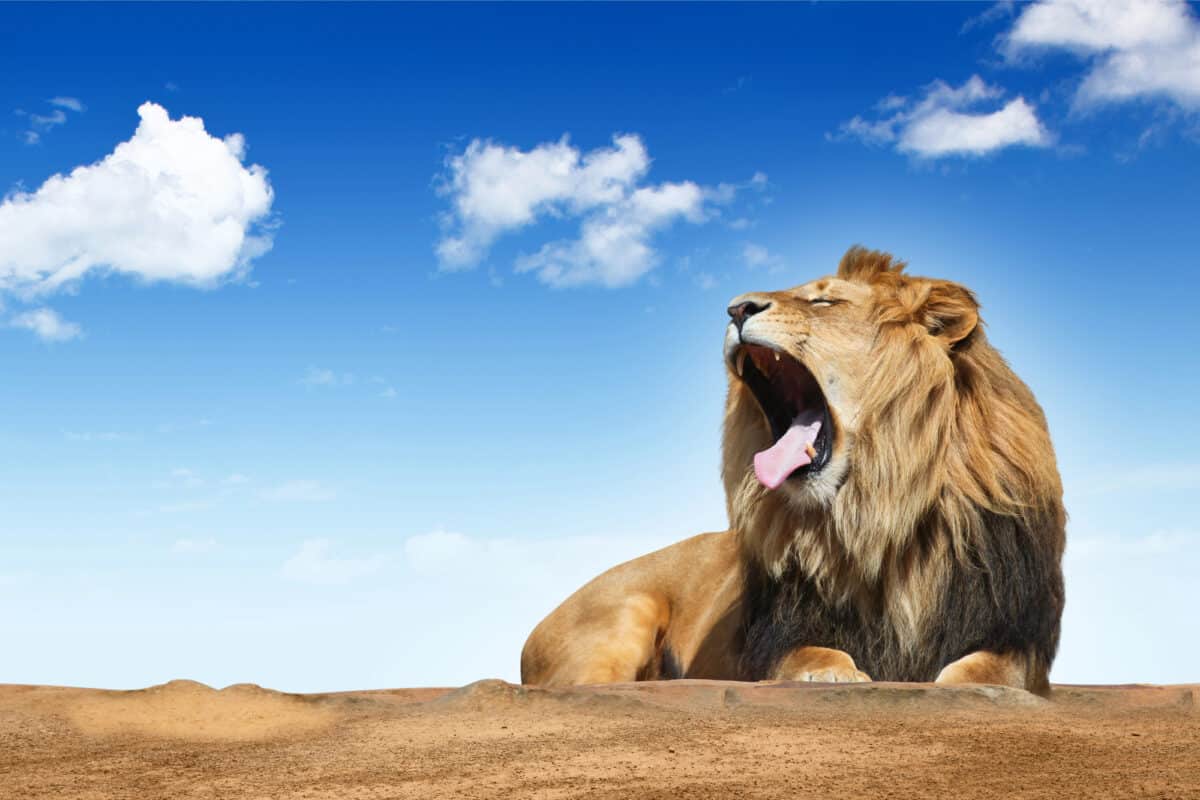Africa holds a special place in my heart. I was born in South Africa and spent most of my childhood holidays in Kruger National Park. My favorite memories are seeing a cheetah chasing an impala and a 4-meter-long python slithering across the road. However, there are still so many reserves that I want to visit. These are some of the most popular game reserves in Africa.
1. Kruger National Park, South Africa
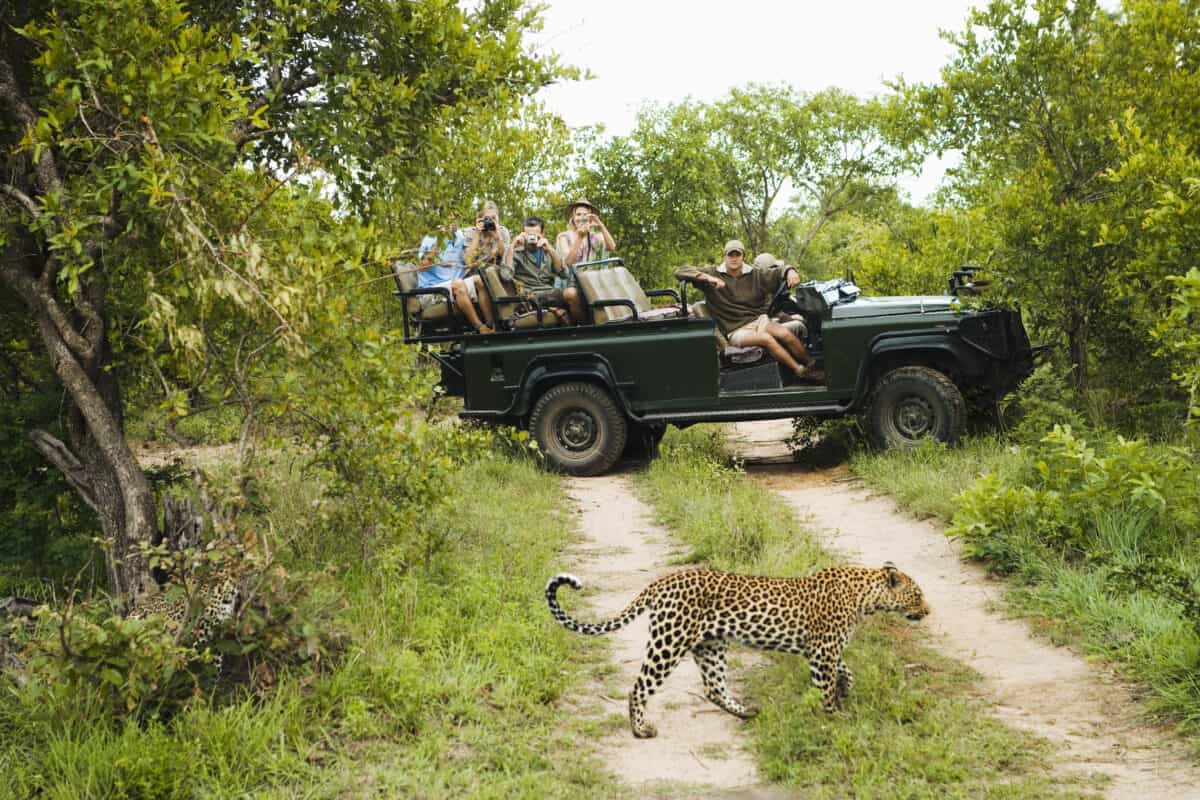
Kruger National Park is one of the largest game reserves and is home to the famous Big Five (lion, leopard, rhinoceros, elephant, and buffalo). This park covers an area of 19,623 km2 and extends across two provinces—Limpopo and Mpumalanga. It is a tourist destination and helps preserve some of the world’s wildest landscapes and animals. They are involved in cutting-edge wildlife management and research programs.
2. Serengeti National Park, Tanzania
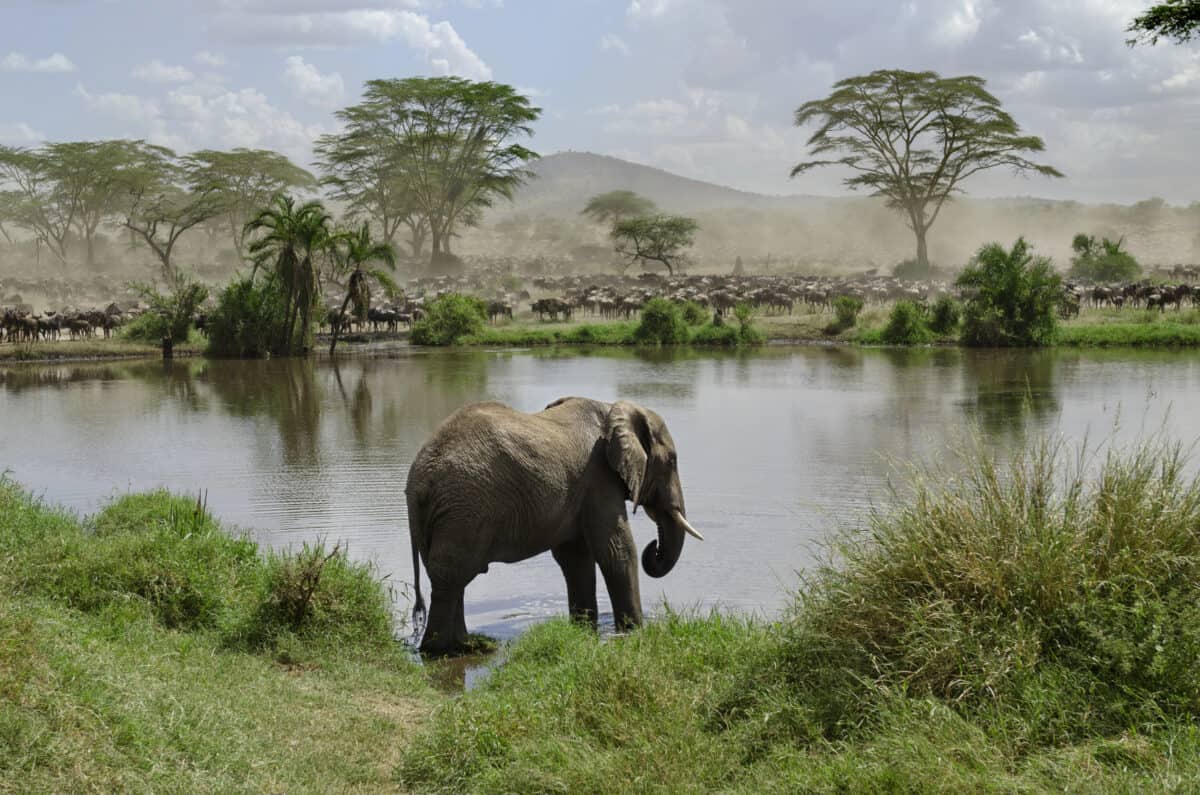
Serengeti National Park is a UNESCO World Heritage site famous for the annual Great Migration. During the Great Migration, thousands of zebras and gazelles travel across the Serengeti and Maasai Mara. The seasonal rainfall patterns drive them to move in search of fresh grazing grounds. The park offers some of the most fantastic game viewing in Africa. Visiting the park is definitely on my bucket list.
3. Masai Mara National Reserve, Kenya
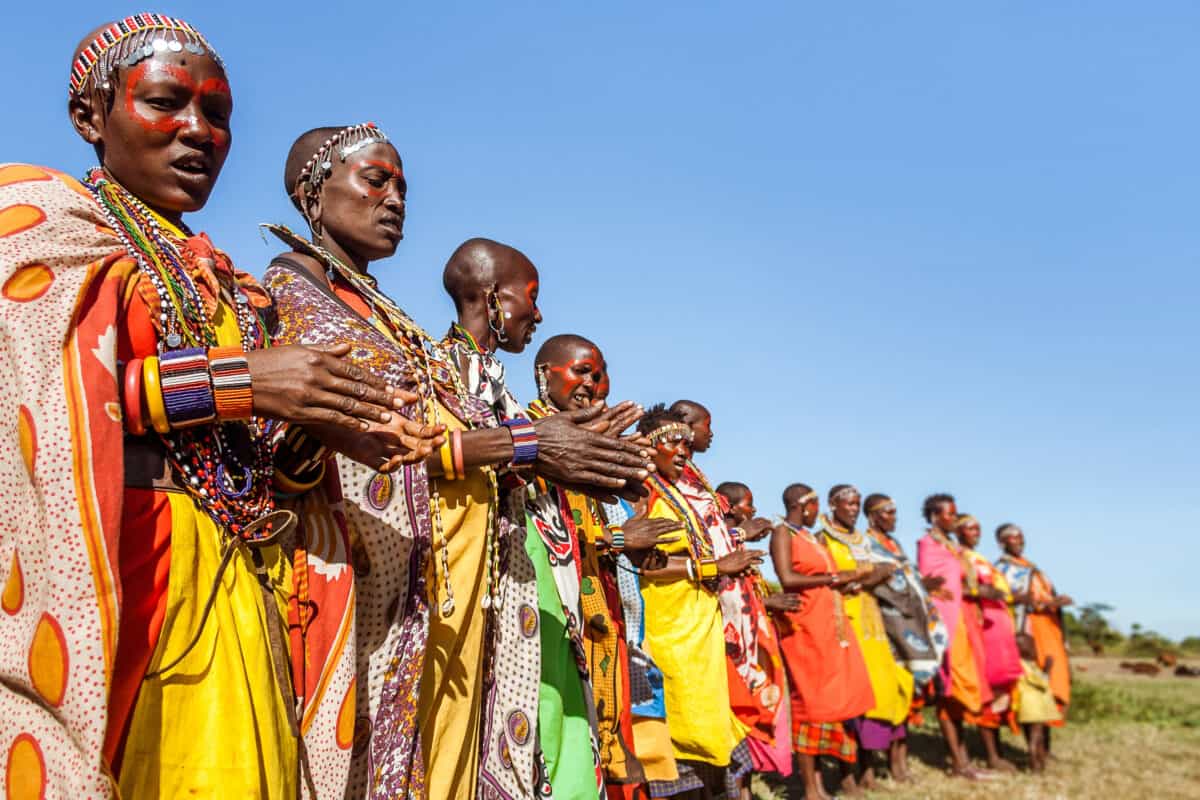
Adjacent to the Serengeti in Tanzania, the Masai Mara is Kenya’s most famous wildlife park. It is named after the Maasai people who inhabit the area. The Masai Mara is home to an abundance of wildlife. However, people also visit the region to experience the exciting cultures of the Maasai people. The reserve is also one of the best places to witness the Great Migration from July to October.
4. Chobe National Park, Botswana
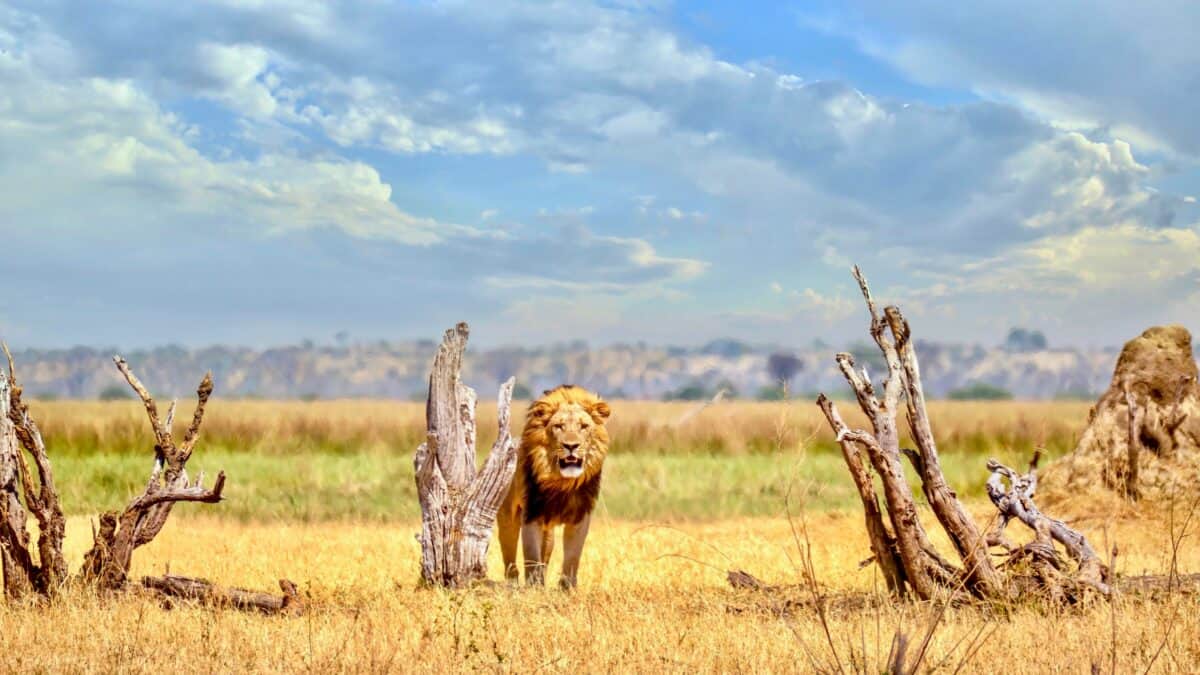
Chobe National Park is known for the largest concentration of games in Africa. Elephants, in particular, are incredibly abundant—it is estimated that there are 50,000 elephants. Boat cruises along the Chobe River are a trendy way to see animals. Imagine cruising along in a houseboat, with the sun setting, lions drinking water on the water’s edge, and hippos strolling past on their way to graze. That is a bucket list experience!
5. Etosha National Park, Namibia
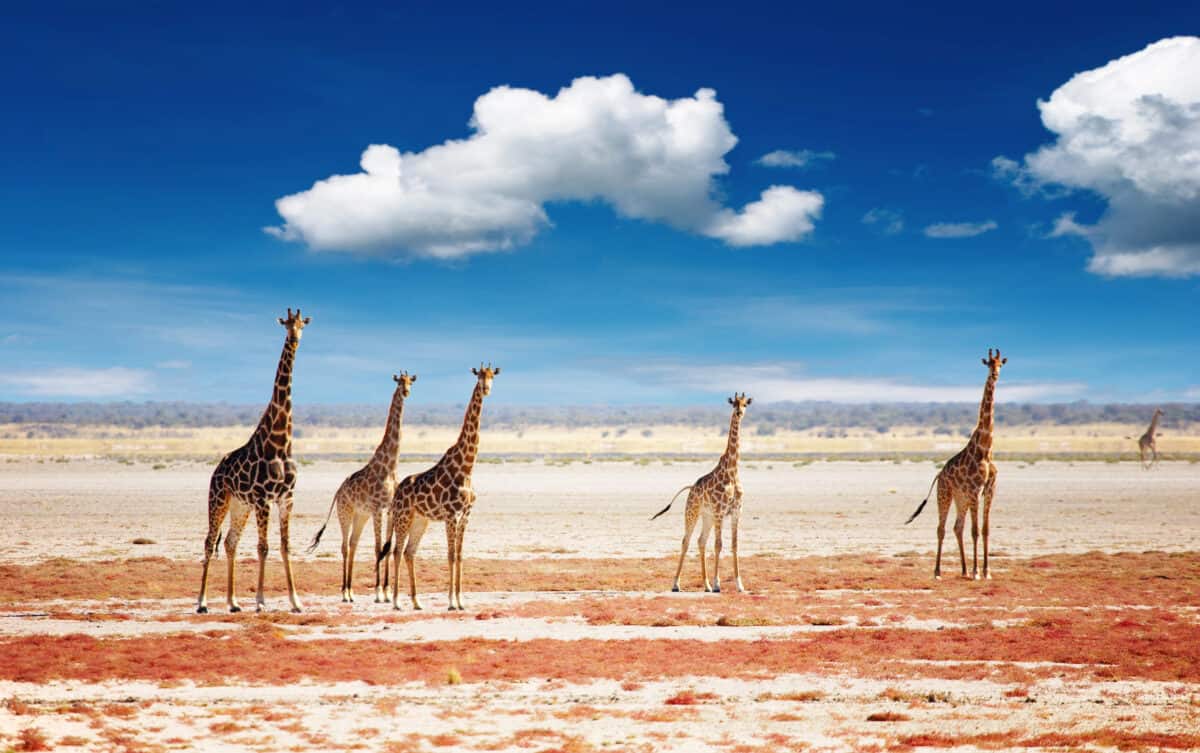
This National Park is centered around the vast Etosha saltpan. This region has savanna-type vegetation and is dry most of the year. However, the saltpan fills with water briefly during the summer, supporting the region’s animals and birds.
6. Okavango Delta, Botswana
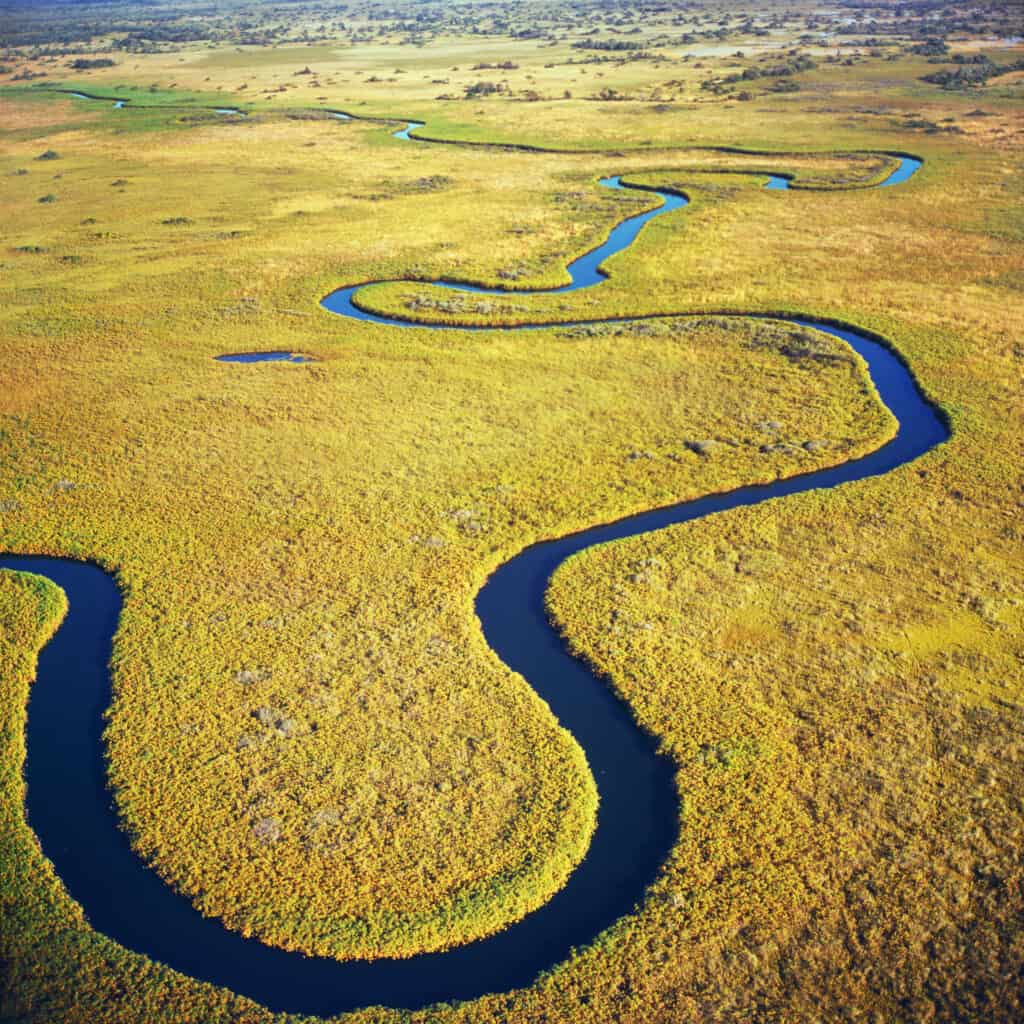
The Okavango Delta is the world’s largest inland delta. It is located in the heart of Botswana’s Kalahari Desert. The Okavango River begins in the Angolan highlands and meanders thousands of kilometers before becoming the Okavango Delta in Botswana. One of my favorite documentaries, Into the Okavango Delta, inspired me to pursue a career in wildlife conservation. The Okavango Delta is one of the world’s last remaining truly wild regions, which needs protection.
7. South Luangwa National Park, Zambia
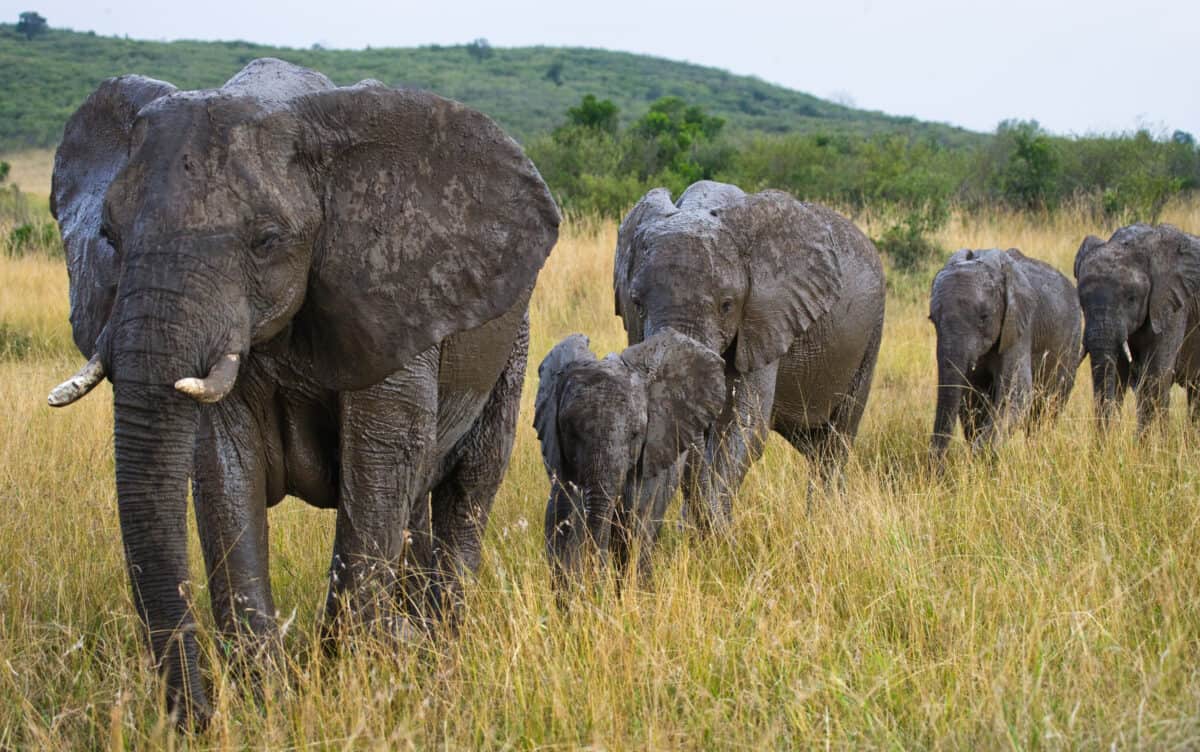
The South Luangwa National Park is about 9050 square kilometers in size. The Luangwa River runs through the park and supports a dense wildlife population. The best time to go on safari to see animals is during the dry months (May-October) when animals are drawn to the remaining water sources. However, the wet season is the best time to find baby animals.
8. Ngorongoro Conservation Area, Tanzania
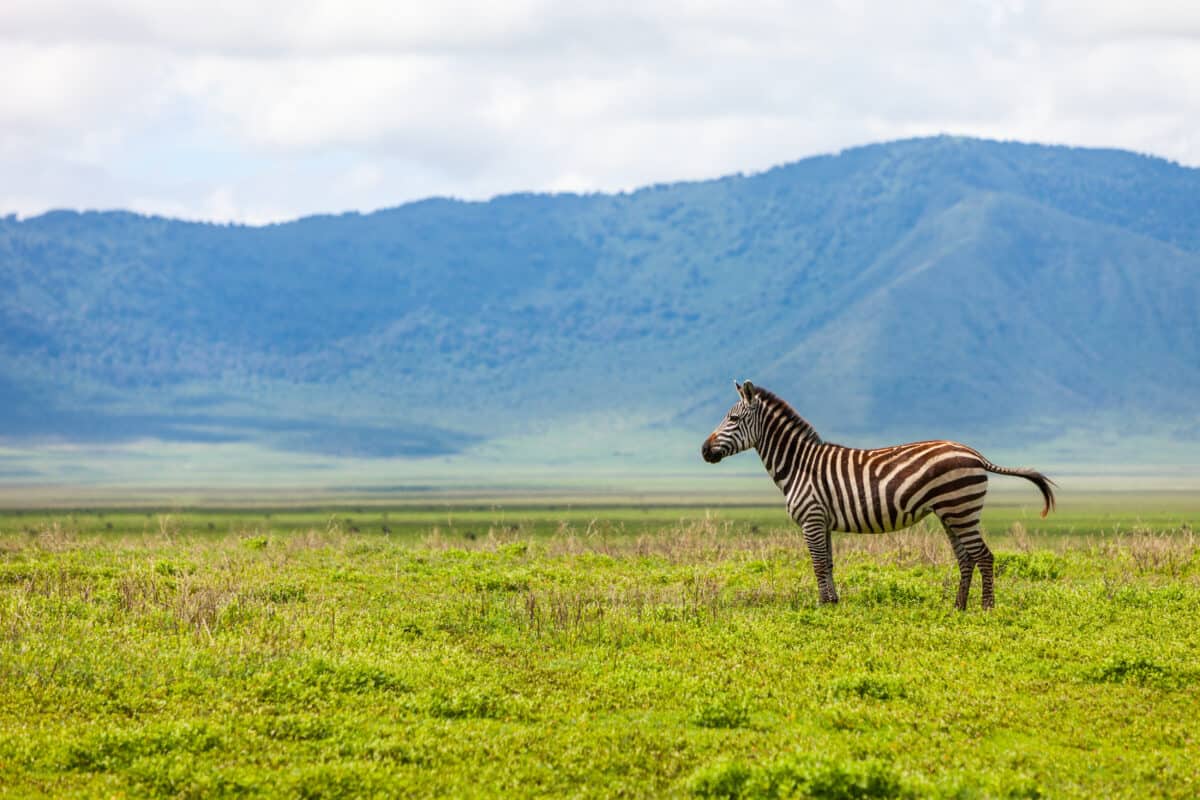
The Ngorongoro Conservation Area in Tanzania is a UNESCO World Heritage site between the Serengeti and the Great Rift Valley. The world’s largest volcanic caldera lies in the Ngorongoro Crater conservation area. This crater exploded and collapsed on itself around two to three million years ago. The region holds some of Tanzania’s last remaining black rhinos.
These game reserves offer unforgettable experiences for wildlife enthusiasts and play crucial roles in conservation efforts across the continent. Each tourist helps contribute to the continued maintenance of the remaining wildlife sanctuaries in Africa. So when are you going to visit one of these parks?
What to pack on a wildlife safari?
Essential clothing
Gear and Equipment
Others
You might also enjoy:
- Watch Orcas Hunt Great Whites in South Africa on Video
- Rescue of Two White Bengal Tigers in Gauteng South Africa
- Discover: 5 African Cats You’ve Never Heard About
- Watch: Anaconda VS Caiman Intense Encounter - May 17, 2024
- When a Seabird’s Playful Antics Meet a Great White Shark’s Appetite - May 17, 2024
- Watch: A Baby Elephant Play with Birds - May 16, 2024

